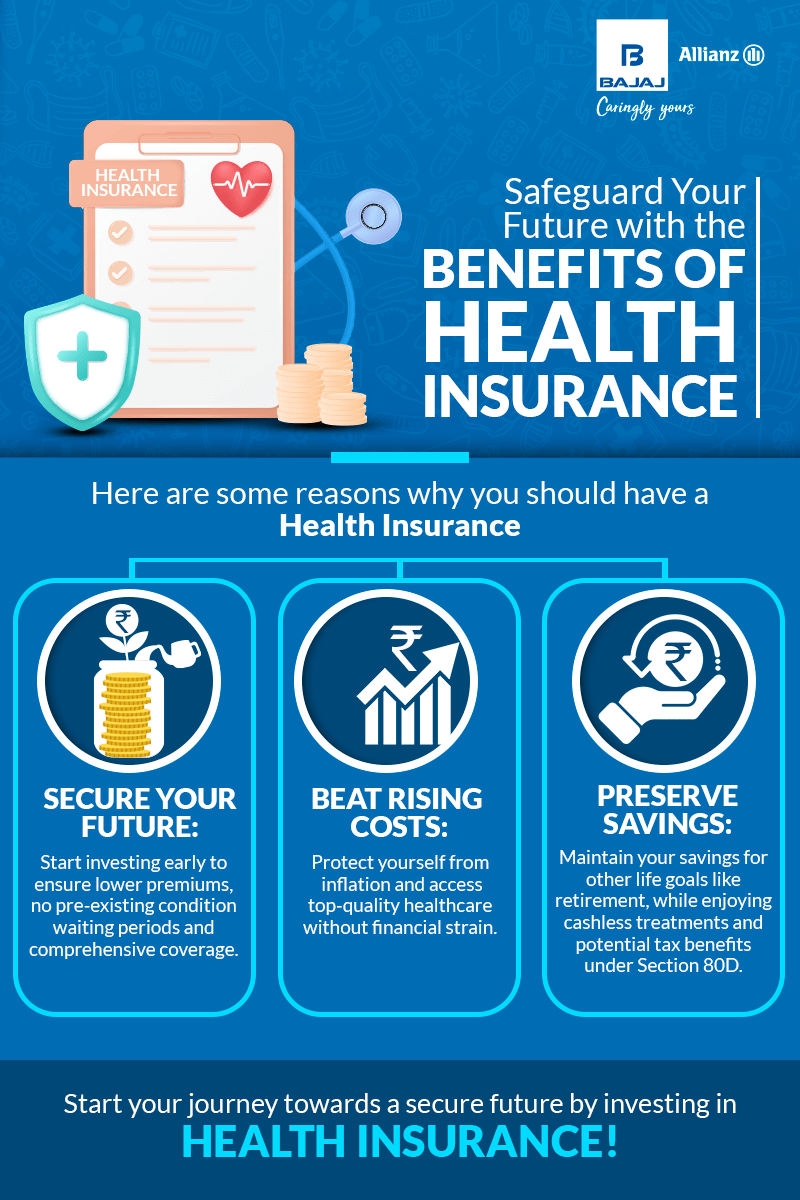The Facts About Insurance In Toccoa, Ga Uncovered
Wiki Article
The Ultimate Guide To Commercial Insurance In Toccoa, Ga
Table of ContentsThe Basic Principles Of Affordable Care Act (Aca) In Toccoa, Ga Insurance In Toccoa, Ga - Questions10 Easy Facts About Annuities In Toccoa, Ga ExplainedThe Ultimate Guide To Affordable Care Act (Aca) In Toccoa, Ga

New immigrants account for a considerable percentage of people without health and wellness insurance. The partnership between health and wellness insurance coverage and accessibility to care is well developed, as documented later in this phase. The connection between health and wellness insurance policy and health and wellness results is neither direct nor basic, a considerable scientific and wellness services study literary works web links health and wellness insurance policy coverage to better accessibility to care, better top quality, and improved individual and populace wellness condition.
Health Insurance In Toccoa, Ga Fundamentals Explained
The problems encountered by the underinsured are in some respects comparable to those dealt with by the without insurance, although they are normally less serious. Uninsurance and underinsurance, nevertheless, involve noticeably different plan issues, and the methods for resolving them might vary. Throughout this research study and the five reports to comply with, the major focus is on individuals without any health and wellness insurance coverage and thus no assistance in paying for health treatment past what is offered through charity and safeguard establishments.
Medical insurance is an effective element impacting invoice of treatment because both clients and physicians react to the out-of-pocket rate of solutions. Health insurance coverage, nonetheless, is neither necessary nor sufficient to access to medical solutions. The independent and straight result of health insurance coverage on access to health services is well developed.
Others will get the healthcare they require also without medical insurance, by spending for it expense or seeking it from carriers that supply care free or at very subsidized rates - Final Expense in Toccoa, GA. For still others, medical insurance alone does not make sure invoice of care due to the fact that of other nonfinancial barriers, such as an absence of healthcare carriers in their neighborhood, restricted access to transportation, illiteracy, or linguistic and social distinctions
What Does Health Insurance In Toccoa, Ga Do?
Official research study about without insurance populaces in the USA dates to the late 1920s and very advice early 1930s when the Board on the Price of Medical Treatment created a collection of reports regarding financing doctor office sees and hospital stays. This concern ended up being prominent as the varieties of clinically indigent climbed up throughout the Great Depression.Empirical research studies consistently support the web link in between accessibility to care and enhanced wellness results (Bindman et al., 1995; Starfield, 1995). Having a routine source of care can be thought about a predictor of accessibility, rather than a direct measure of it, when health results are themselves used as access indicators.
Getting The Life Insurance In Toccoa, Ga To Work

Although emergency divisions are depicted as a pricey and unacceptable site of main treatment solutions, several uninsured clients seek care in emergency situation divisions because they are sent there by various other health treatment service providers or have nowhere else to go. Emergency situation treatment professionals suggest that the nation's emergency departments not only work as service providers of last resort but are a vital entry point into the healthcare system (O'Brien et al (https://www.inkitt.com/jstinsurance1)., 1999)
Phase 2 offers a review of how employment-based wellness insurance coverage, public programs and private insurance policy policies operate and communicate to provide considerable but incomplete protection of the united state population. This consists of a testimonial of historic trends and public plans impacting both public and private insurance coverage, a conversation of the interactions amongst the different sorts of insurance, and an evaluation of why people relocate from one program to another or wind up without any coverage.Chapter 3 synthesizes existing info to get to a composite description of the without insurance: What characteristics do individuals without coverage typically share? Where do the uninsured live? The chapter likewise offers details regarding the danger of being or coming to be without insurance: How does the possibility of being uninsured change relying on picked attributes, such as racial and ethnic identity, country or urban residency, and age? What are the possibilities for specific populaces, such as racial and ethnic minorities, country residents, and older working-age persons, of being uninsured? Exactly how does the possibility of being without insurance change over a life time? Along with characterizing the possibility of being without insurance in terms of a single measurement, such as gender, age, race, work status, or geographical area, Chapter 3 Offers the outcomes of multivariate evaluations that provide a more interesting representation of the factors that add to the chances of being uninsured.
Report this wiki page